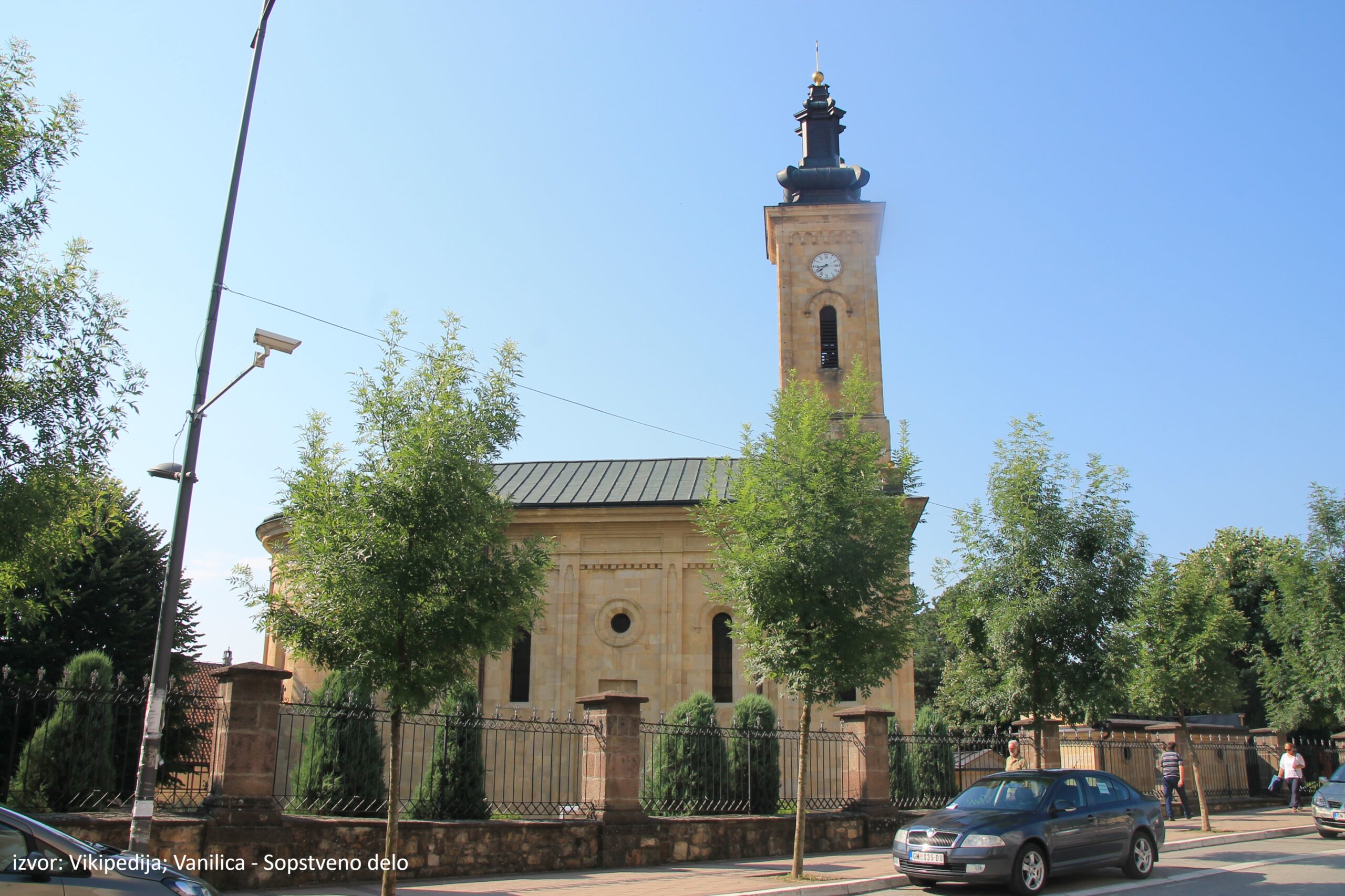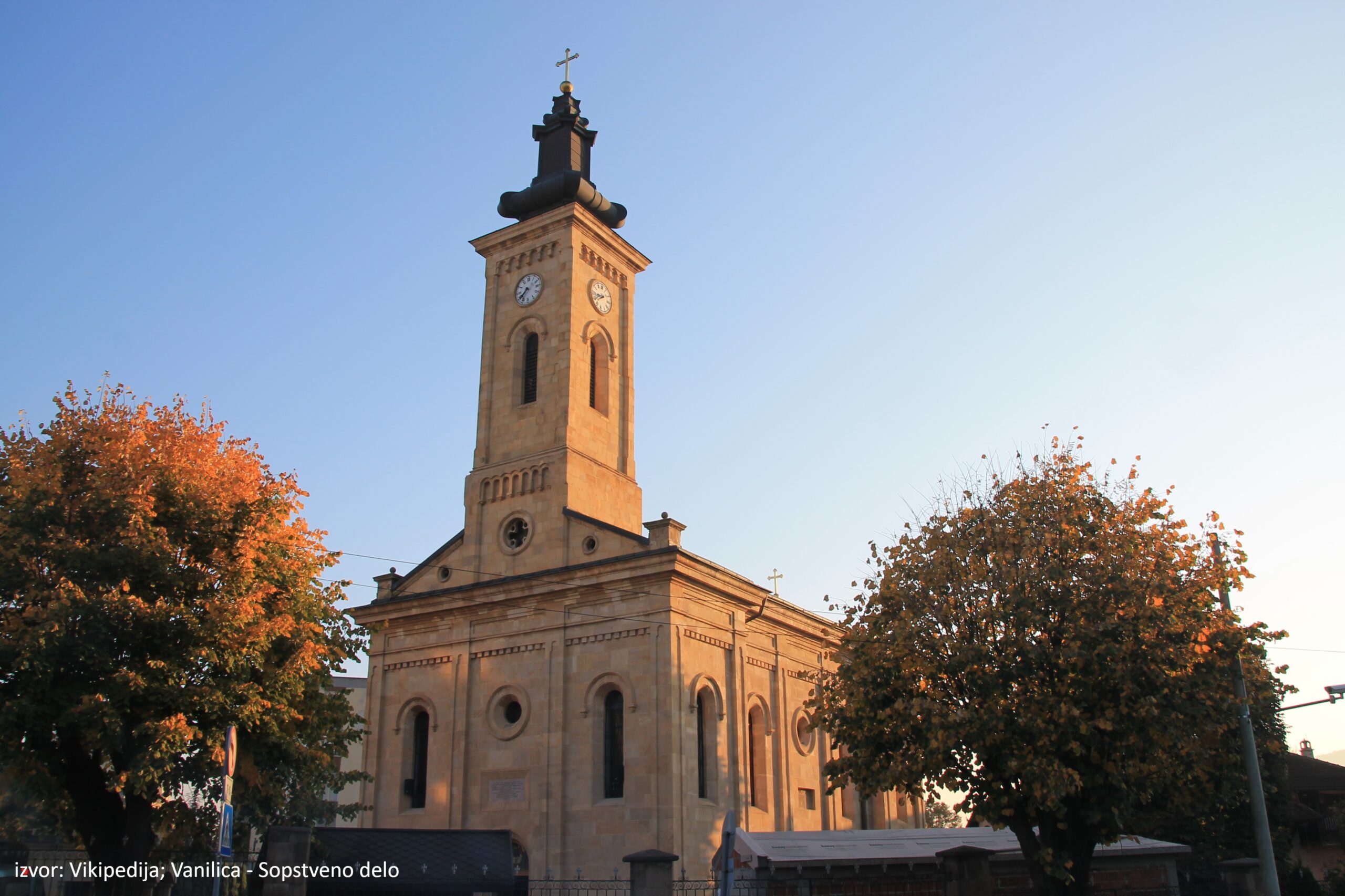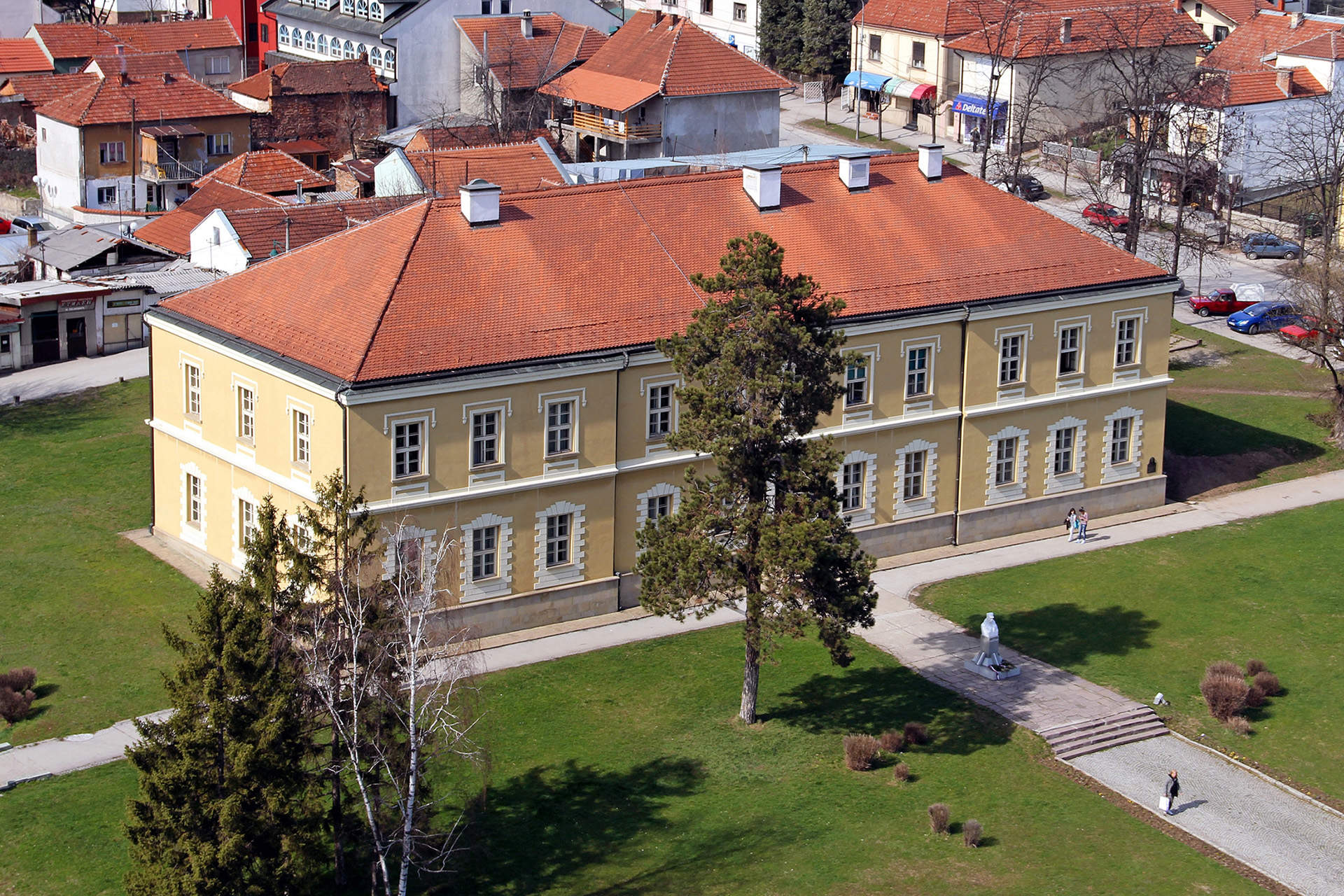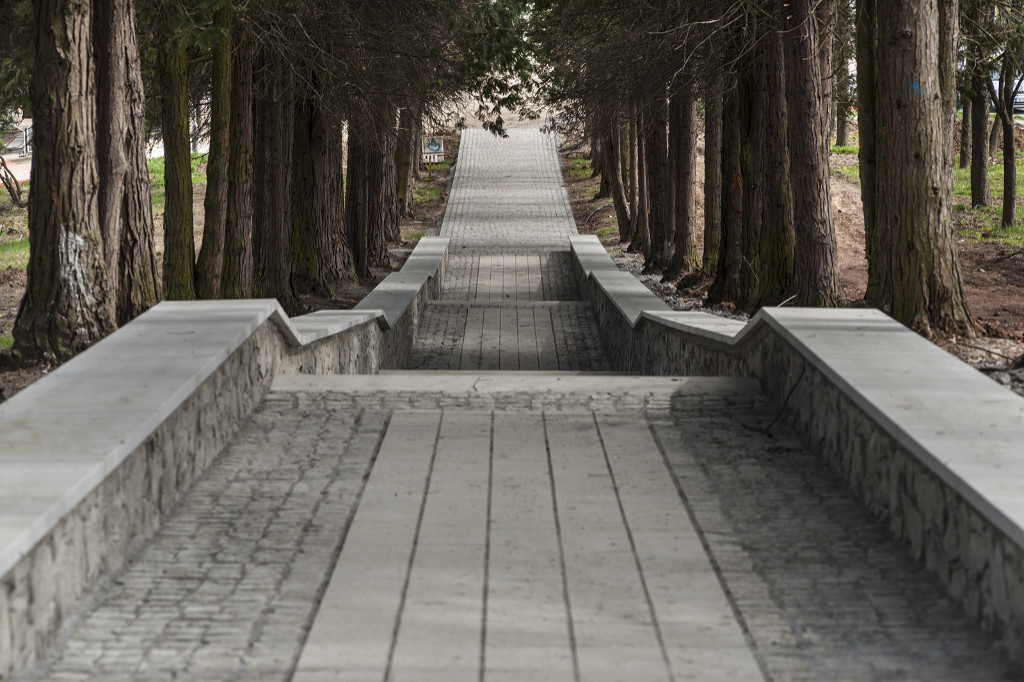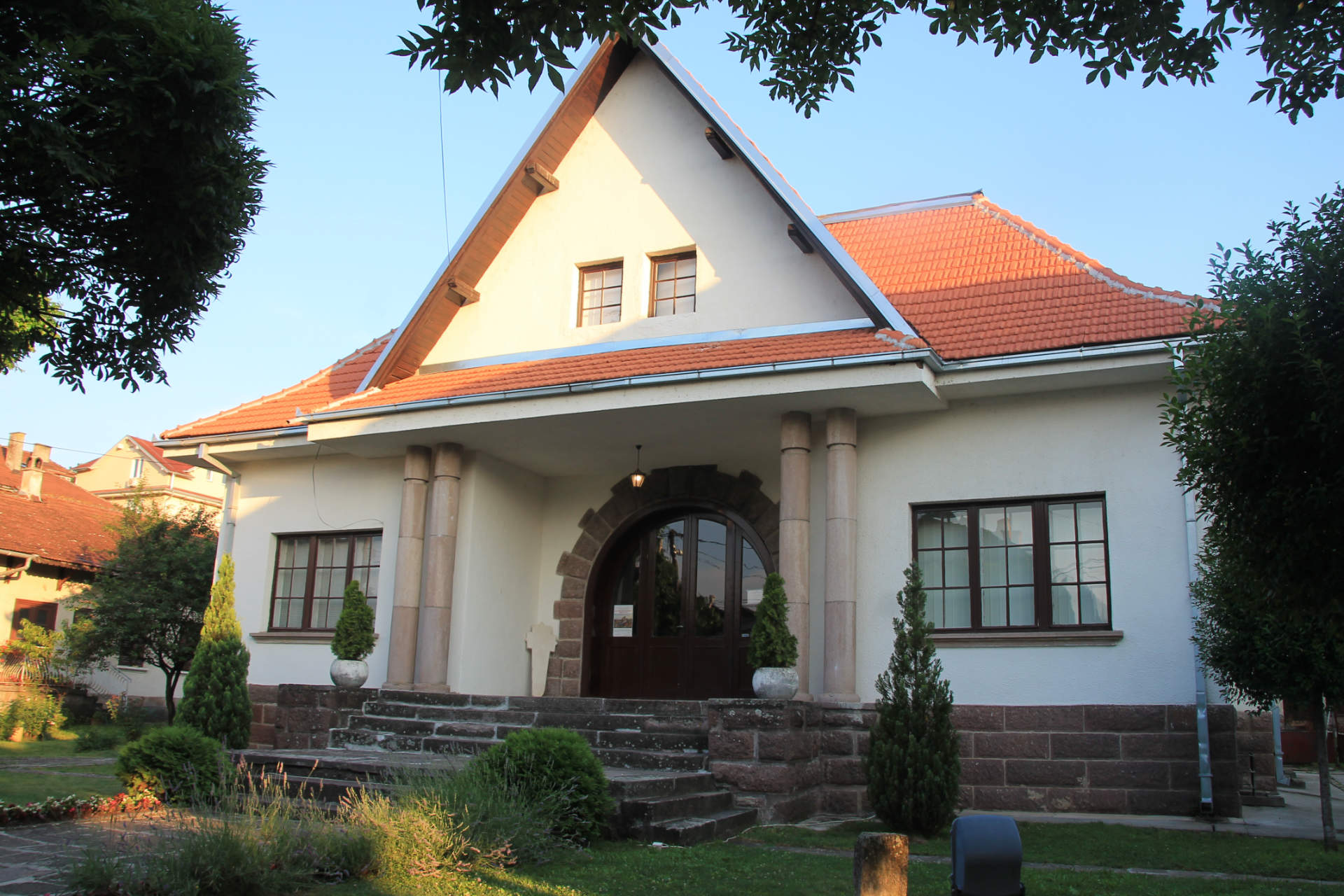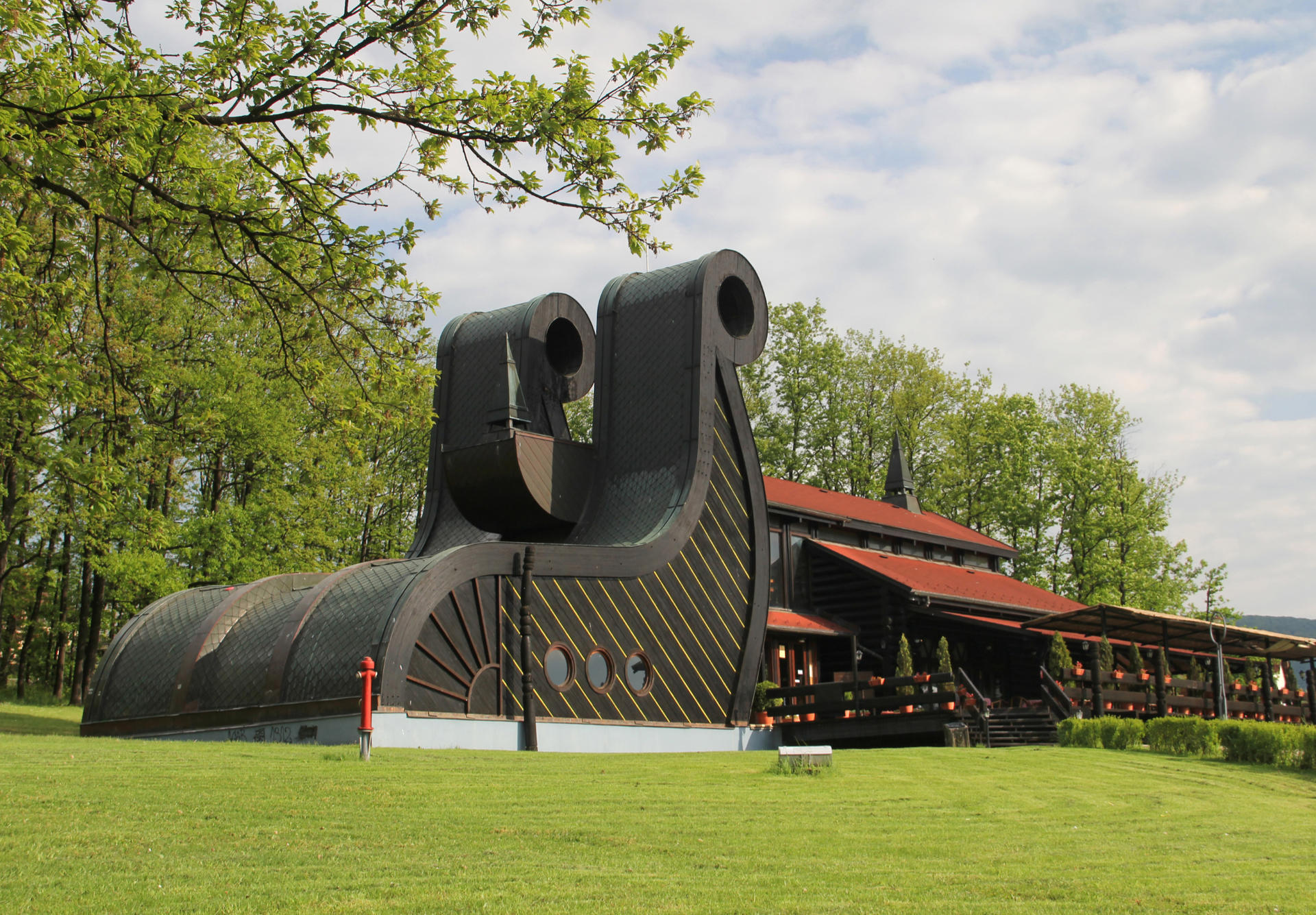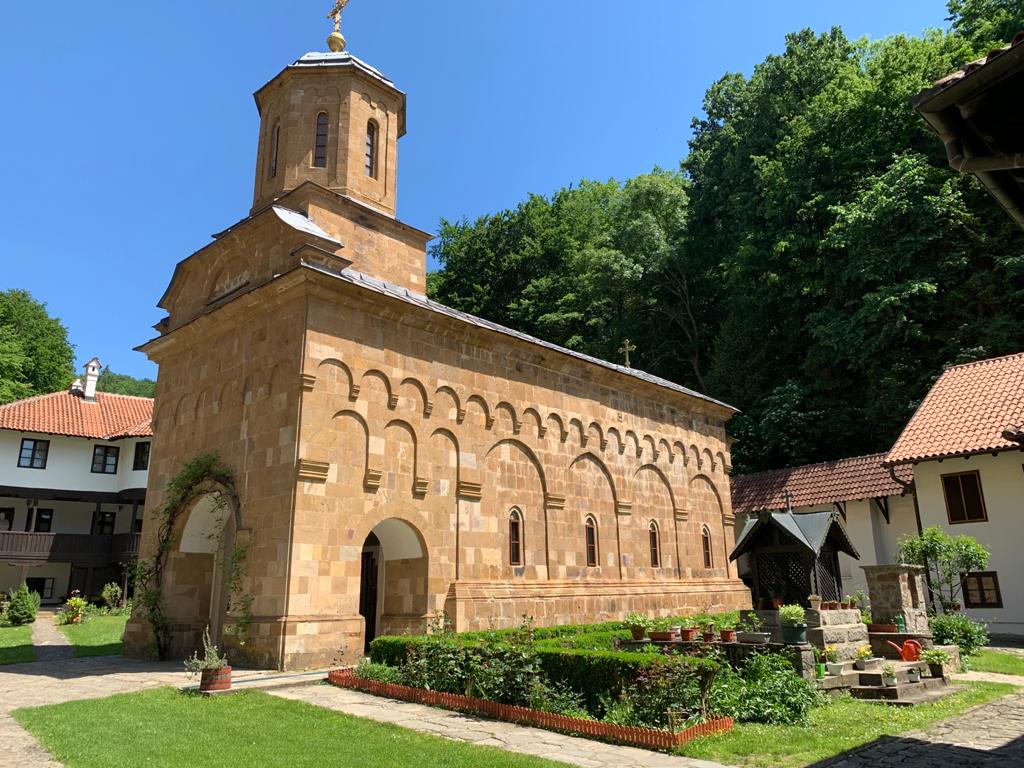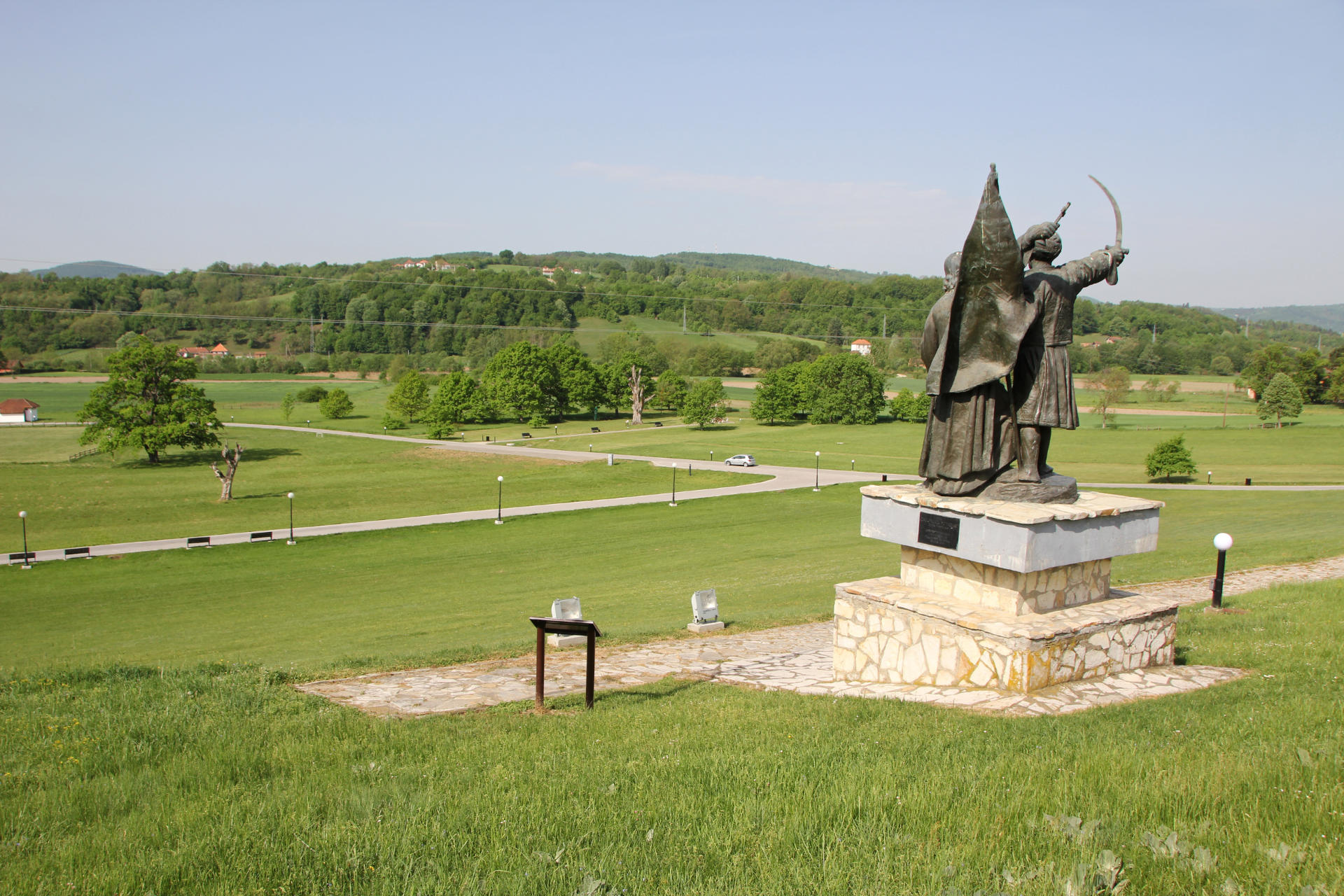It is located on the southern slopes of Mount Rudnik, is a historically significant religious building in Serbia. It was built in 1482 as a sign of gratitude for the survivors of the Kosovo War, and is dedicated to Saint George. Although it was originally a male monastery, it has been run by nuns since 1935.
Vracevsnica is historically significant as it was the place where the insurgents, including Prince Milos Obrenovic, took communion the night before the outbreak of the Second Serbian Uprising During the Turkish invasions, the monastery was attacked and rebuilt, and in the period between 1805 and 1813, the relics of Stefan the First Crowned were placed there.
Today, the monastery has three lodgings, one of which dates back to the construction of the monastery church itself. Inside the monastery, you can see the grave of the mother of Prince Milos, grandmother Visnja, pieces of furniture of the Obrenovic family, portraits and works of art by Đura Jaksić.
To reach the monastery, travel 20 kilometers from Gornji Milanovac towards Kragujevac, then turn left at Donja Crnuca. The ride takes about 25 minutes.





